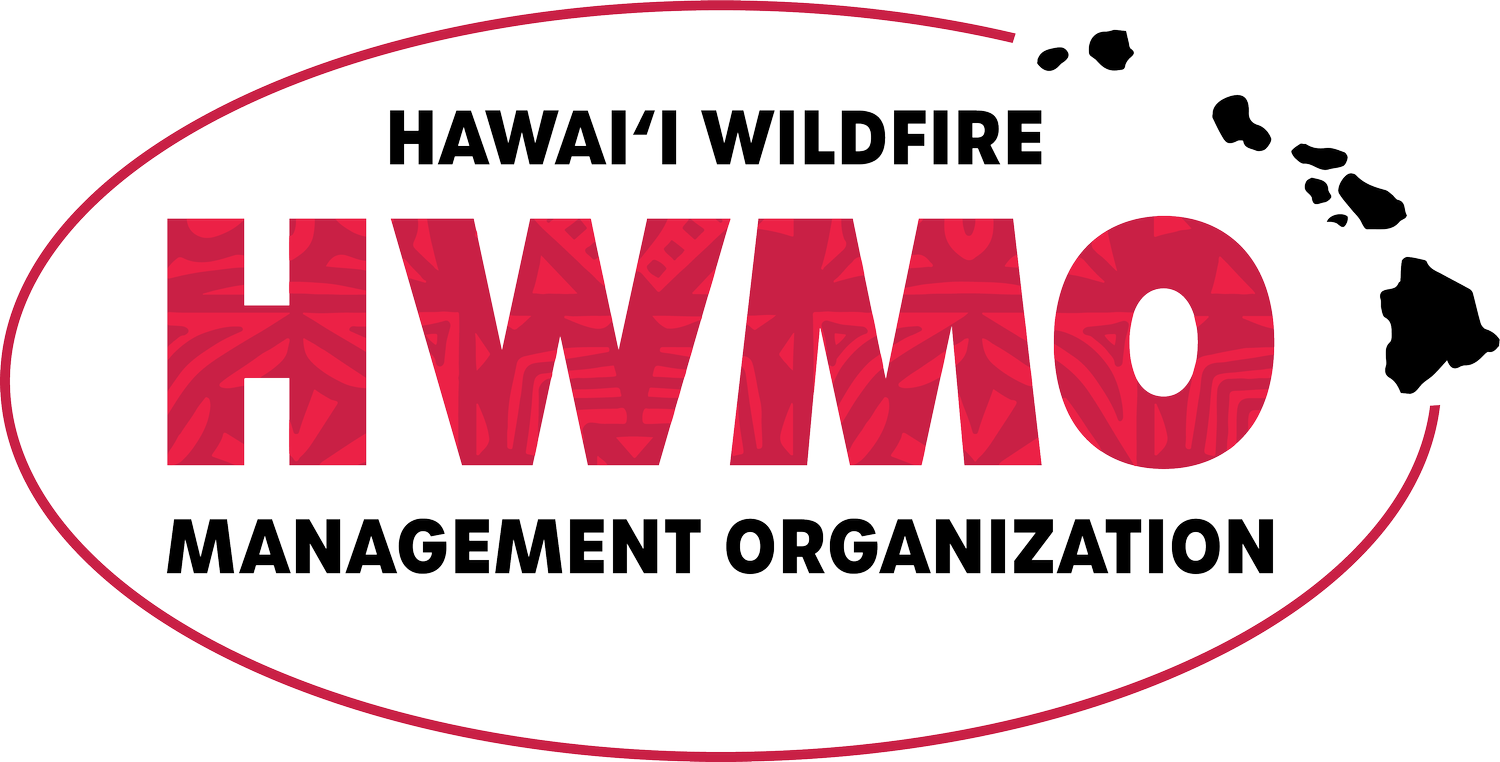“An evolving online resource for the advancement of Hawaiian Urbanism. Presents a transformational, forward-thinking, "100-year" framework for urban redevelopment and ecosystem restoration. Serves to catalyze a larger discussion around the role urban design can play in creating resilient places to live.”
National Weather Service - Hawaii Fire Weather Products
"The Fire Weather program is used by land management personnel primarily for input in decision-making related to pre-suppression and other planning, that may impact firefighter safety, protection of the public and property, and resource allocation. The primary source of information is the routinely issued Fire Weather Planning Forecast. In Hawaii, this product is issued once a day around 5:30 am HST."
USFA Fire Statistics Webpage
Lessons Learned Video Center
Western Maui CWPP - 2014
CWPPs are a great planning tool for communities and have become a prerequisite for receiving federal funding for wildfire protection projects. A CWPP assists a community in identifying and prioritizing areas for hazardous fuel reduction treatments, and supports communities to take action. The plan assesses values at risk such as safety, natural resource protection, recreation, scenic values, and economic assets. Through a collaborative process involving input from community members, resource management and firefighting agencies, and a variety of other interested parties, CWPPs help bring wildfire hazard information and planning and action opportunities to all parties. These plans are increasingly important in Hawaii, which faces unique wildfire threats that are becoming more challenging due to increasing ignitions, drought episodes and land use changes. Wildfires have great impacts on Hawaii's residents and natural resources, affecting:
Daily life (road closures, traffic, evacuations, post-fire flooding, tax payer dollars)
Human health and safety (dust, smoke, water quality, burned homes and structures, resident and firefighter safety)
Ecosystem health and resilience (watersheds, forests, coral reefs, fisheries)
A collaborative process that involves representation from every level is critical towards mitigating these wildfire issues. Six community meetings were held where the public, agencies, and other interested parties provided input to the Western Maui CWPP, including wildfire concerns, recommended actions and projects to prevent and prepare the region for wildfires. Participants included representatives from County, State, non-profits, small businesses, homeowners, and other local organizations such as West Maui Fire Task Force members, West Maui Taxpayers Association, and resort representatives. Participants were also given the opportunity to provide comments on the draft CWPP. The area covered in the CWPP spans all of Western Maui. This plan will allow communities around Wailuku, Waikapu, Lahaina, Napili, Honokohau, Kahakuloa, and Waihe‘e to apply for federal funding for wildfire prevention and preparedness activities such as public outreach and education; vegetation (fuels) management; and wildfire suppression training.
“Many communities are developing disaster plans or long-range community plans, and the CWPP is meant to complement those plans. It will be a useful tool for community members to help make West Maui’s neighborhoods and natural areas fire-safe,” explained Chief Murray.

